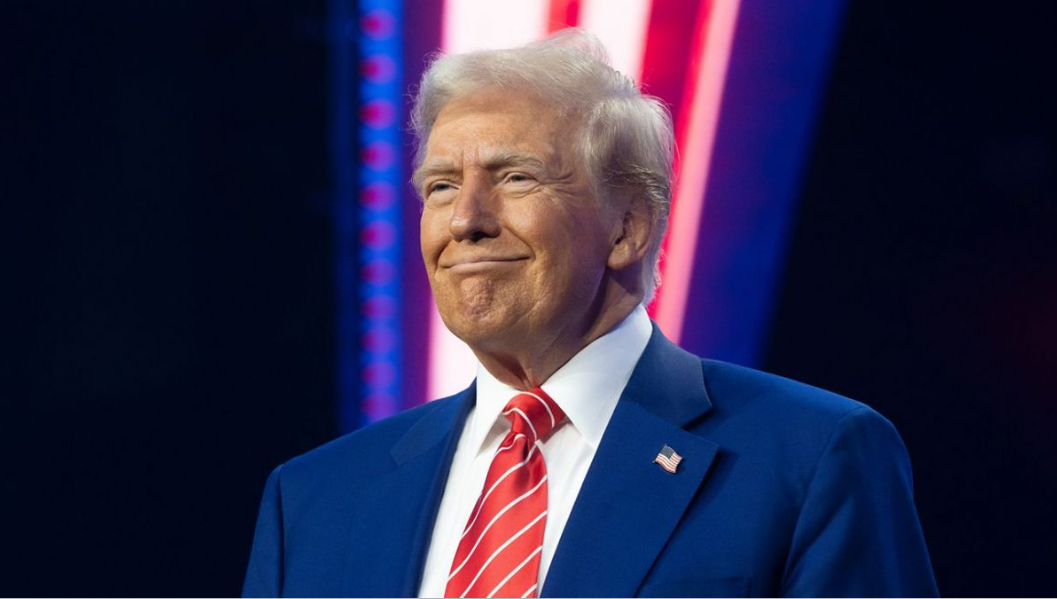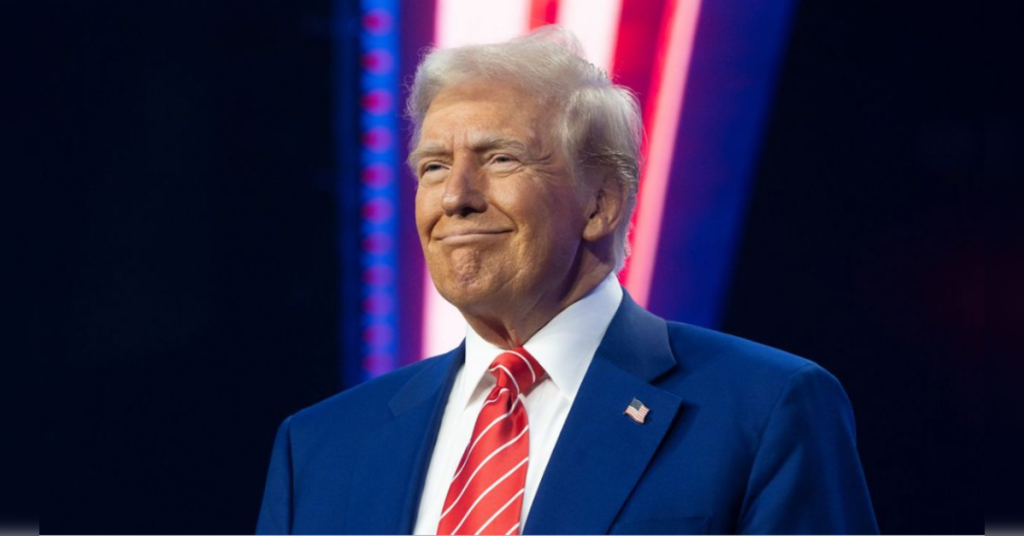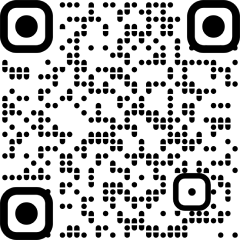
US President Donald Trump has signaled his support for a sweeping new sanctions bill aimed at ramping up pressure on Russian President Vladimir Putin to end the war in Ukraine — and it’s rattling nerves far beyond Moscow.
The proposed legislation, called the Sanctioning Russia Act of 2025, includes a hard-hitting provision: a 500 per cent tariff on imports from countries that continue to buy Russian energy products — with India and China in direct focus.
“I’m looking. It’s totally my option. They pass it totally at my option, and to terminate totally at my option. And I’m looking at it very strongly,” Trump told reporters during a Cabinet meeting, underlining the control he would have over how the law is applied if passed.
This comes amid Trump’s growing frustration with Putin over the prolonged conflict. According to the Associated Press, he has also directed the US Department of Defence to supply more defensive weapons to Ukraine — a notable hardening of his stance.
Inside the Bill: Tariffs, sanctions, and presidential power
The sanctions bill was introduced in April by Senator Lindsey Graham, a longtime Trump ally, and proposes a range of penalties against countries importing Russian-origin oil, gas, uranium, or petroleum products. It also targets Russian companies, government institutions, and top officials.In an interview with ABC News on June 30, Graham confirmed that Trump had encouraged lawmakers to advance the bill. “This is a big breakthrough,” he said, adding that it would strengthen Trump’s negotiating hand with Putin.
The most controversial element of the bill is the 500 per cent import tariff on goods from countries that continue trading energy with Russia. “If you are buying products from Russia and you are not helping Ukraine, then there’s a 500 per cent tariff on your products coming into the United States,” Graham explained, pointing out that India and China together account for around 70 per cent of Russia’s oil exports.
However, the bill isn’t without flexibility. It includes a clause allowing the US President to issue a one-time, 180-day waiver to any country, citing national security concerns. According to reports, lawmakers are considering amendments to allow for a possible second waiver under specific conditions.
Tariff diplomacy spreads beyond major economies
Trump didn’t stop with the big players. On Wednesday, he also sent letters to seven smaller US trading partners — the Philippines, Brunei, Moldova, Algeria, Libya, Iraq, and Sri Lanka — announcing new tariffs. These countries aren’t significant industrial competitors, but the move signals Trump’s intent to widen his tariff net.
Earlier this week, he also announced a 35 per cent tariff on Serbia, saying it was part of a strategy to use trade pressure to promote peace. He defended the tariff rates, saying they were based on “common sense and trade imbalances.”
Cranking up the tariff assault even more, Trump unveiled a pair of steep new levies: a 50 per cent tariff on copper imports and another 50 per cent duty on goods from Brazil, both set to take effect on August 1.
“I am announcing a 50% TARIFF on Copper, effective August 1, 2025, after receiving a robust NATIONAL SECURITY ASSESSMENT,” Trump declared on his Truth Social platform, referring to an ongoing Section 232 national security trade investigation into the red metal.
Africa exempt — for now
Interestingly, Africa appears to be off the hook. Asked about recently visiting leaders from Liberia, Senegal, Gabon, Mauritania, and Guinea-Bissau, Trump responded that there were no penalties planned.
“These are friends of mine now,” he said.


